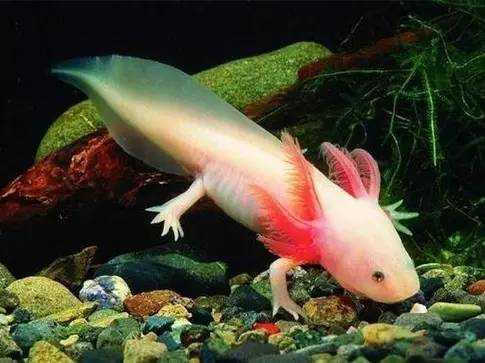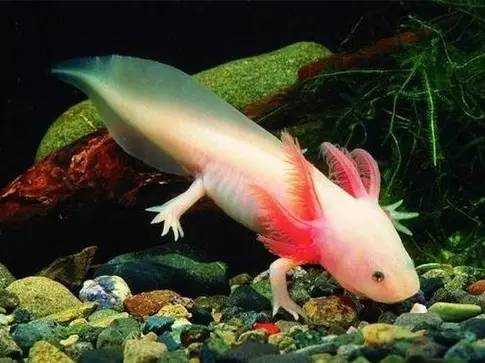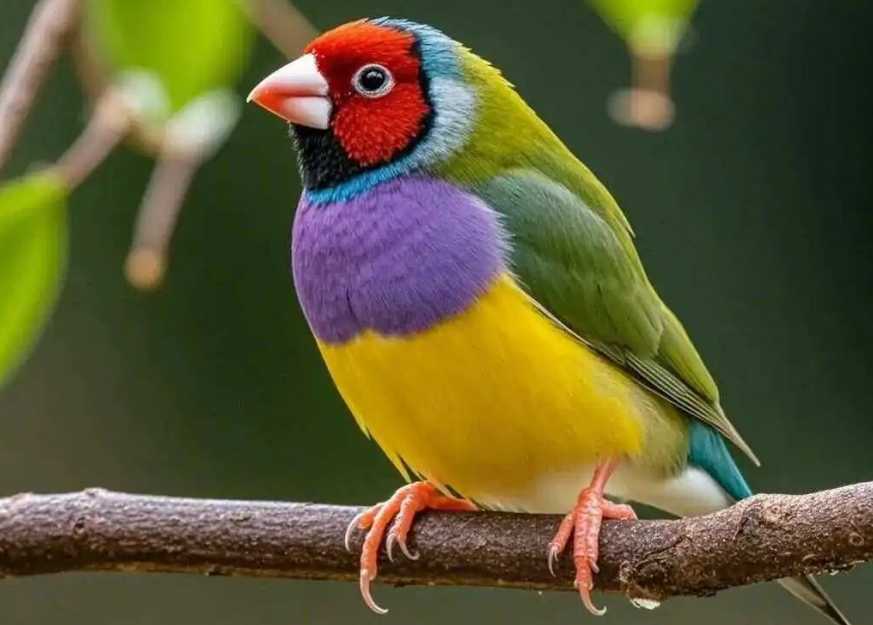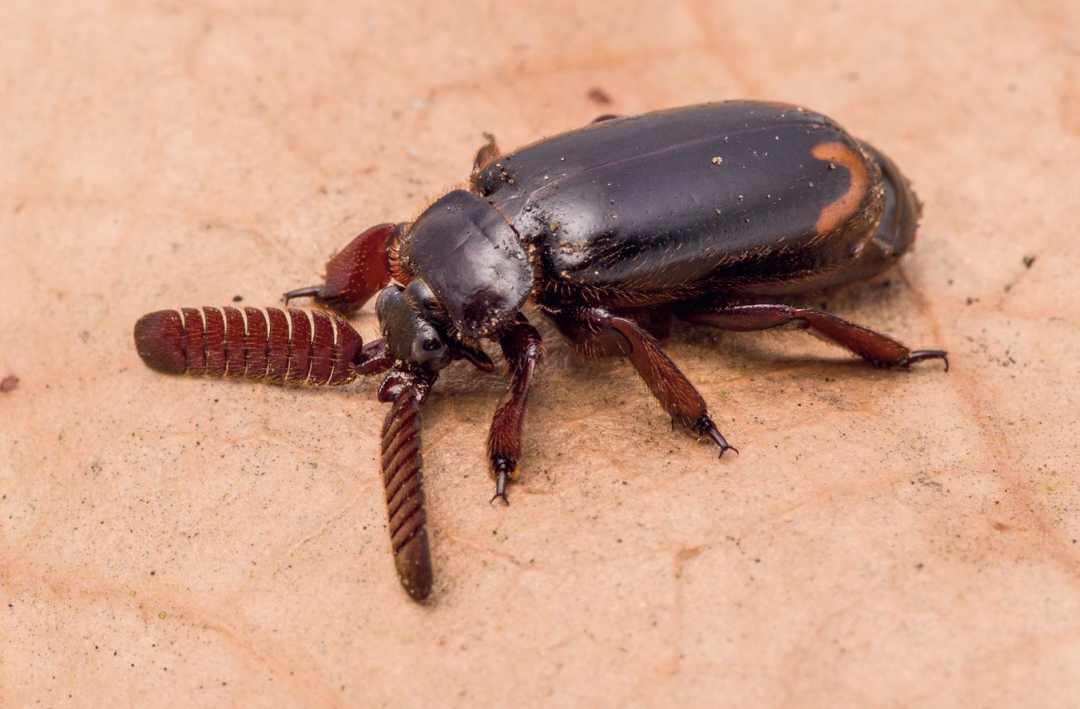The Axolotl: Mexico’s Remarkable 'Walking Fish' and Genetic Marvel
Native to the freshwater lakes of Mexico City, the axolotl (Ambystoma mexicanum) is a salamander unlike any other—renowned for its permanent larval form, vibrant pinkish hue, and extraordinary regenerative abilities. Often called the "walking fish" due to its aquatic lifestyle, this critically endangered species has captivated scientists for centuries, serving as a key model in developmental biology.

Source: Images from the Internet, if there is any infringement, please contact the removal of
Perpetual Youth and Regenerative Superpowers
- Neoteny: Stuck in Adolescence
Unlike most salamanders, axolotls never undergo metamorphosis, retaining gills, a tail fin, and larval features throughout their lives. This trait, called neoteny, allows them to reproduce while still in their larval stage, a rare adaptation in vertebrates. - Regrowth on Demand
The axolotl’s most iconic ability is regrowing entire limbs, spinal cord segments, eyes, and even parts of the brain without scarring. Researchers have identified genes like Pax3 and Msx1 that drive this process, inspiring studies on human tissue regeneration. Their cells maintain a unique "memory" of original structures, guiding precise rebuilding.
Appearance and Cultural Significance
- Distinctive Features
With a stocky body reaching 20–30 cm, feathery external gills, and a wide, lidless smile, axolotls have a permanently juvenile appearance. Wild individuals are typically dark brown with gold speckles, while captive-bred ones range from albino pink to leucistic white. Their paddle-like feet allow them to "walk" along lake bottoms, hunting worms, insects, and small fish. - Aztec Roots and Modern Peril
In Aztec culture, the axolotl was associated with the god Xolotl, symbolizing death and rebirth. Today, it faces existential threats: urbanization has drained its native lakes, invasive fish like tilapia prey on eggs, and water pollution disrupts its habitat. Once abundant in Lake Xochimilco, fewer than 1,000 individuals may remain in the wild, though thousands exist in laboratories and aquariums.
Scientific Hope and Conservation Efforts
- Lab Star and Genetic Goldmine
Axolotls were the first amphibians to have their genome sequenced (32 billion base pairs, 10 times larger than the human genome), revealing secrets of regeneration. Their cells are used to study cancer, spinal cord injuries, and aging. - Saving the 'Water Monster'
Mexican conservationists are restoring wetland habitats, breeding axolotls in captivity for reintroduction, and educating locals about their importance. The species is listed as "Critically Endangered" by the IUCN, with organizations like the Axolotl Survival Consortium leading efforts to prevent its extinction.
As a living link to ancient Mexican ecosystems and a biological wonder, the axolotl embodies both the fragility and resilience of life. Its ability to regrow what’s lost serves as a metaphor for hope in conservation—and a reminder that even in the most urbanized corners of the world, nature’s miracles may still be saved.
-------- END --------






